UK’s Worst Military Disaster
By Zoe Cassell
A NEW book shows rare images of “Britain’s worst wartime disaster” where the UK surrendered Singapore to the Japanese.

As immortalised in the cult 1980’s BBC historical drama Tenko about Brits under Japanese occupation, images from the forgotten WW2 conflict in the Far East show British troops surrendering Singapore to the Japanese, as-well-as a survivor from the notorious Bangka Island massacre of 21 Australian nurses.
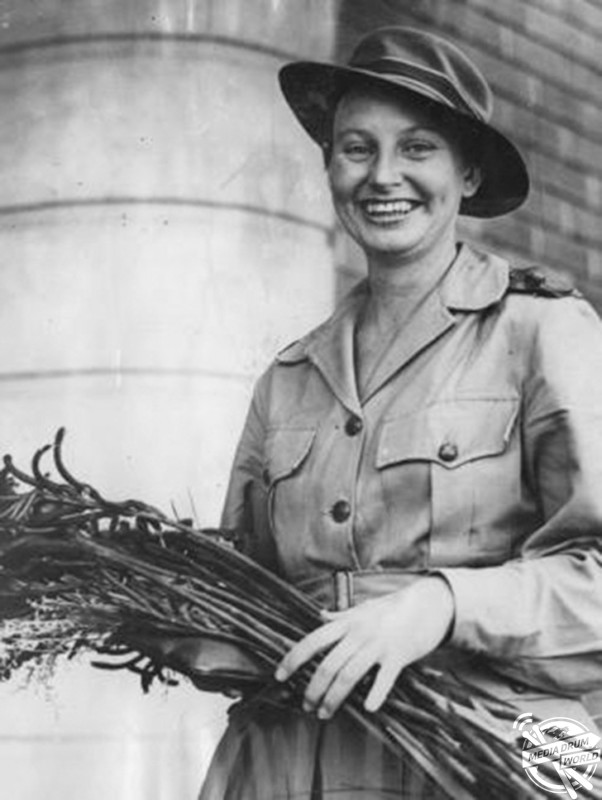
Stephen Wynn / mediadrumworld.com
In these series of black and white photos Lieutenant-General Arthur Percival who was the General Officer Commanding Malaya in WW2, can be seen signing the surrender document handing Singapore over to the Japanese on 15 February 1942.
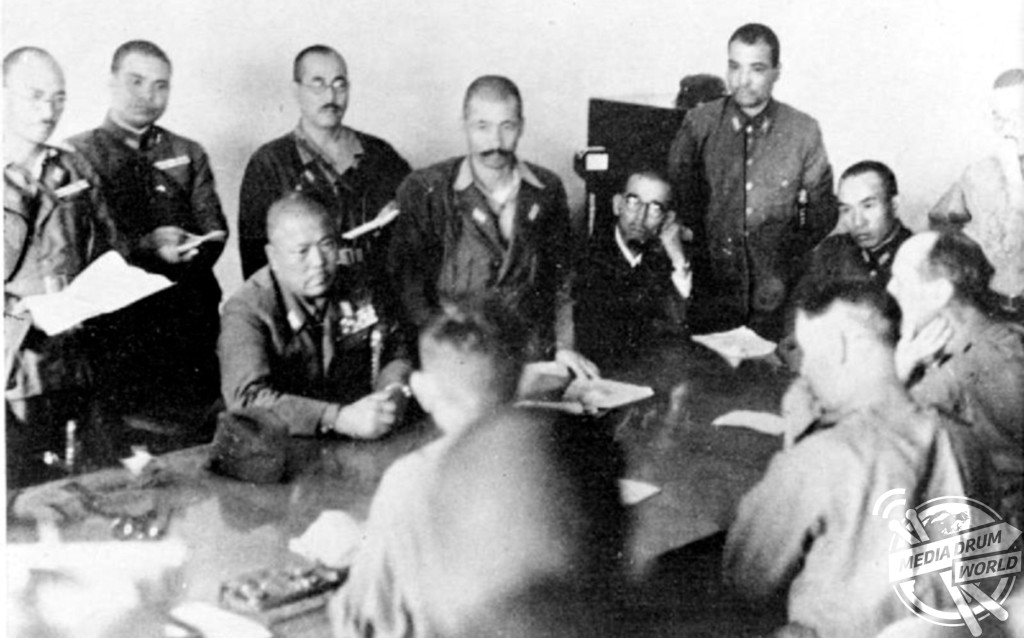
Stephen Wynn / mediadrumworld.com
The photographs have been released in a new book entitled ‘The Surrender of Singapore’ by Stephen Wynn and published by Pen & Sword Military.
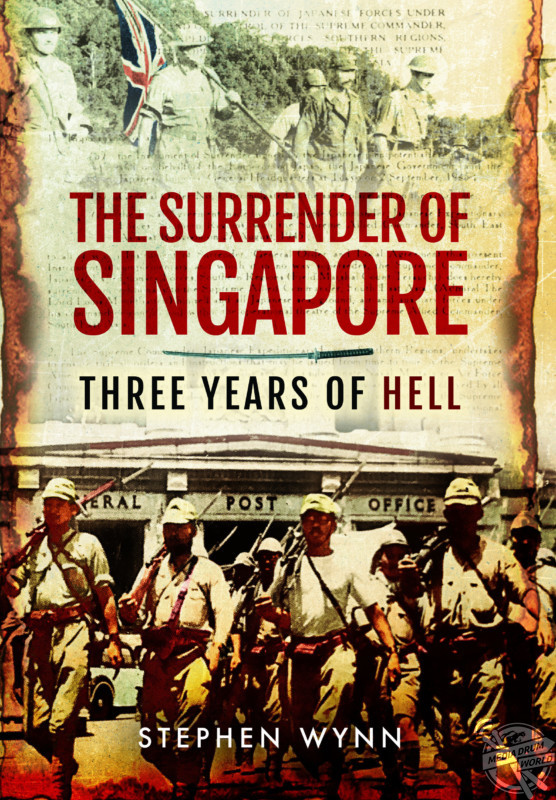
Britain began building a naval base in Singapore in 1923 which was eventually completed in 1939, costing approximately £60 million.
“Britain realised the potential threat which Japan posed to her Empire in the Far East,” Stephen said.
“As early as 1923 Britain began building a massive naval base as Japan’s naval power in the area became more apparent.”
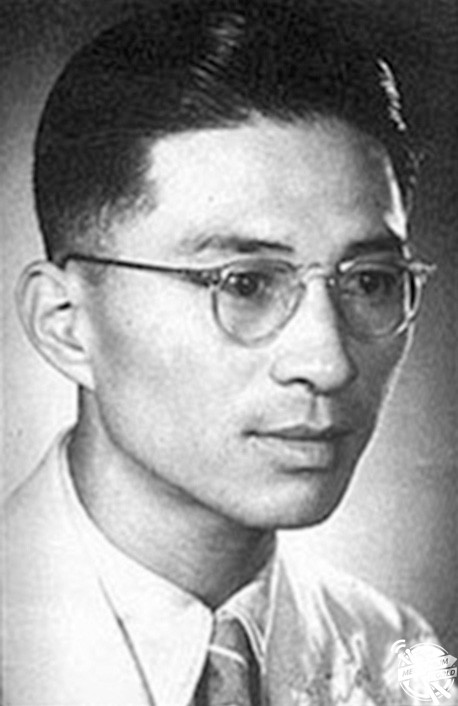
Stephen Wynn / mediadrumworld.com
But the naval base and resources available were not enough and just two months after the Pacific War began, Lieutenant-General Percival was forced to surrender 136,000 Singapore to the Japanese army.
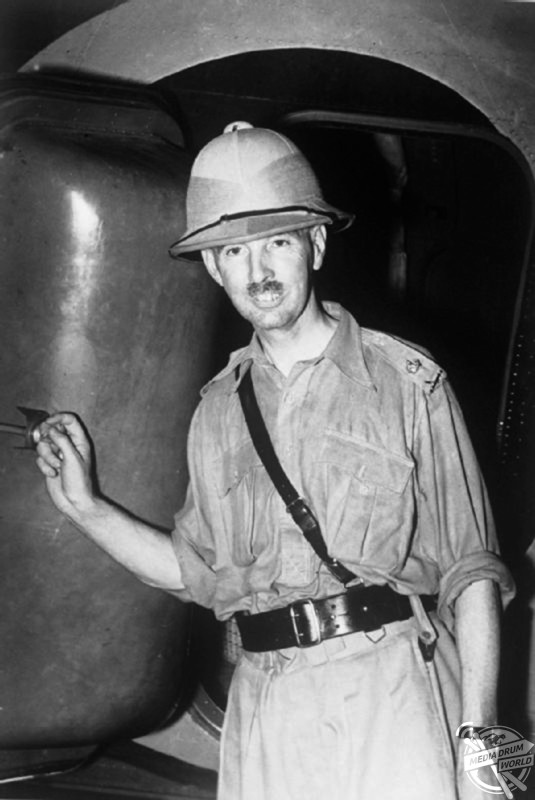
Commanding Malaya. Stephen Wynn / mediadrumworld.com
“There was no one thing that led to the surrender of Singapore, rather a combination,” he added.
“A British arrogance which saw them refuse to accept that japan posed a serious military threat.
“Britain also did not believe that Japan would ever be bold enough to fight both Britain and America at the same time.
“Winning the war in Europe and defeating Hitler was seen as the main Allied priority, it was a case of Singapore can wait until we are ready.”

Stephen Wynn / mediadrumworld.com
The war between Japan and the Allied countries officially began on 7 December 1941 when hundreds of Japanese fighter planes attacked an American naval base at Pearl Harbour in Hawaii.
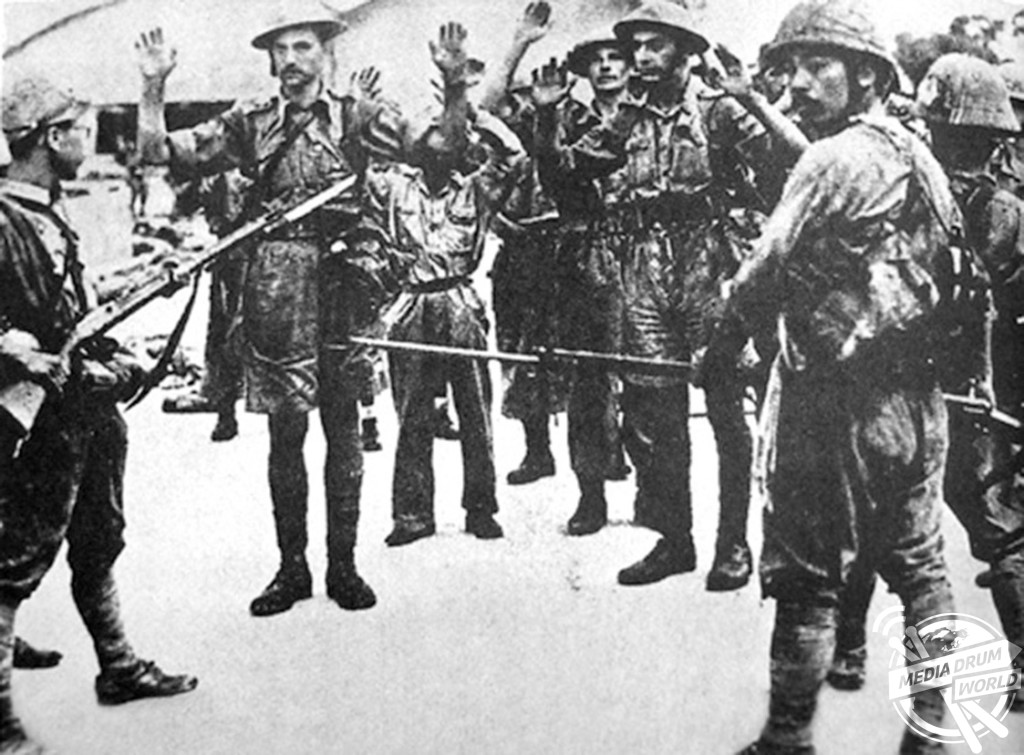
Stephen Wynn / mediadrumworld.com
By standing up to the likes of Germany and Japan in the Second World War, the Allied countries paid a huge price as thousands of military personnel and civilians were killed.
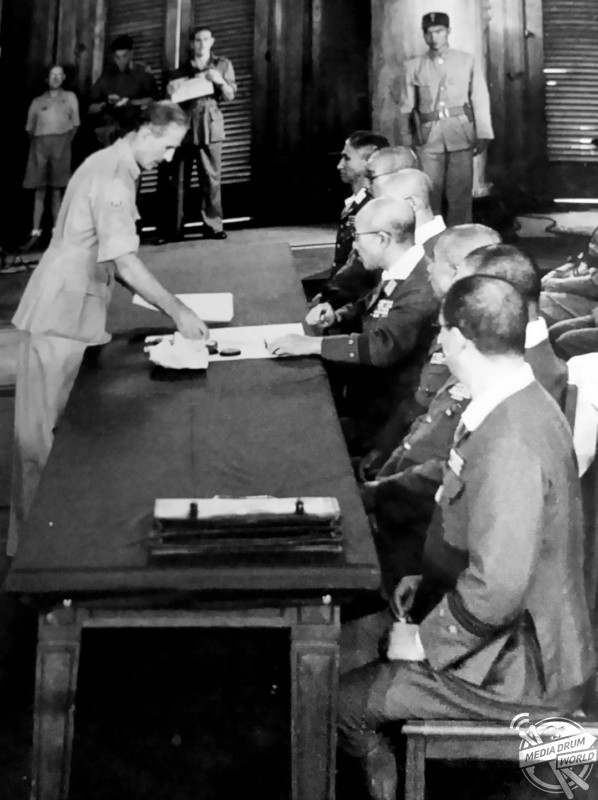
September 1945.
Stephen Wynn / mediadrumworld.com
It is estimated just under 400,000 British people were killed in WW2 and over 60 million people killed worldwide.
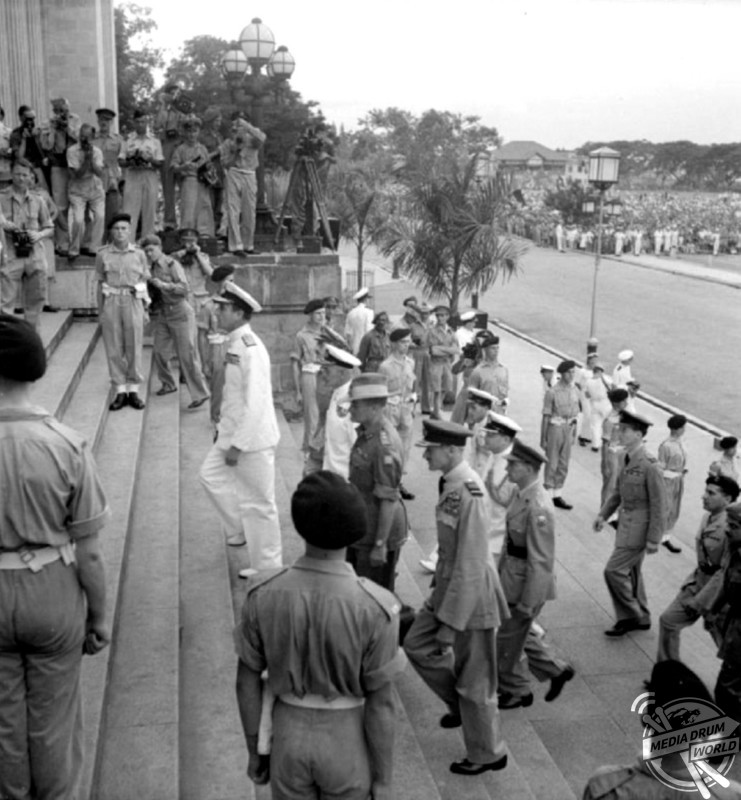
Stephen Wynn / mediadrumworld.com
Japan officially surrendered Singapore on 12 September 1945 after the US military dropped two Atomic bombs on the Japanese cities of Hiroshima and Nagasaki in August.

Stephen Wynn / mediadrumworld.com
“Certain things in life should never be forgotten if as a global society we are to truly learn from past mistakes,” said Stephen.
“The Pacific War undoubtedly began with the attack on Pearl Harbour by the Japanese on 7 December 1941 and effectively ended on 9 August 1945 when the second Atomic bomb was dropped on Nagasaki.
“Japan announced its surrender on 15 August.”
“To fully understand and appreciate what we have today, and how far we have advanced, a look back through history can be an extremely useful barometer.”
‘The Surrender of Singapore’ by Stephen Wynn can be purchased on Amazon for £19.99






